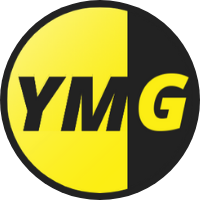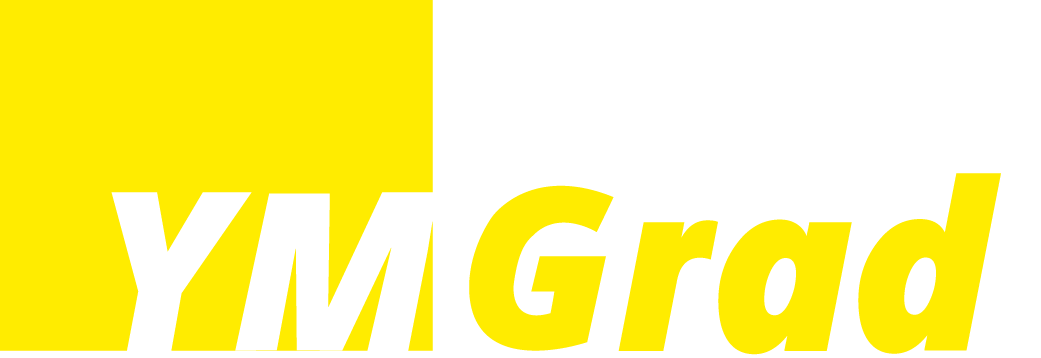Intakes in Netherlands: September and February Admissions


The Netherlands is famous for blending tradition with modern ideas, where old customs and innovations live. If you are dreaming of studying in the Netherlands, get ready for an exciting adventure in the land of windmills and tulips! The Netherlands boasts excellent universities and a diverse, multicultural atmosphere that offers a fantastic education. You can start preparing for classes in September or February, whichever works best for you.
In this blog, we’ll explore these intakes, their significance, timing, and how they impact the student experience in this vibrant educational landscape.
Understanding Intakes in the Netherlands
In the Netherlands, there are two main terms for when international students can start college: the Fall intake, which begins in September or October, and the Spring intake, which starts in February or March. For the Fall intake, you need to apply between December and April. If you want to start in the Spring, you should apply by around September.
Intake | Duration | Deadlines | Nature |
| September | October to April | December to April | Main Intake |
| February | June to September | September | Limited Intake |
September Intake in the Netherlands
The first intake usually starts in September. Most of the big universities in the Netherlands offer a wide variety of courses during this time, making it a favorite among international students. Let's take a closer look at the timing for this intake.
Since this intake has more program options, students have a better chance of getting financial scholarships to help with their education costs.
Application Timeline for Fall Intake
Here is a summarized chart of all the information you need for the September intake:
Month | Information |
| March-April | Research the Dutch universities, courses, and application deadlines and start arranging the required documents. |
| May-June | Appear for English proficiency exams and standardized exams like GRE and GMAT or any other exam as per the course requirement. |
| July-September | Work on your essays, resume, transcripts, and other documents. |
| October-December | Start applying to colleges with all the necessary documents. |
| January-March | If your application is accepted, you will receive an offer of placement. You must accept it within two weeks and pay the tuition fee. |
| April-June | Start applying for the VISA as soon as you receive the acceptance letter. |
Benefits of Fall Intake
- Many colleges offer financial help and scholarships to students starting in August. These scholarships can be based on either need or merit.
- During the Fall intake, a lot of Dutch universities open admissions for a wide range of degree programs, giving students more options to choose from.
- September is the main time when universities in the Netherlands accept new students. Because of this, there are usually more spots available in different programs during this period, giving students a better chance of getting accepted.
- Since universities admit more students in the September intake, you have a higher chance of getting into your desired program.
Famous Universities for Netherlands Fall Intake
- University of Amsterdam
- Utrecht University
- University of Groningen
- Radboud University
- Vrije Universiteit Amsterdam
- Leiden University
- Wageningen University & Research
- Erasmus University Rotterdam
February Intake in the Netherlands
The February intake, also called the Spring intake, gives students another option to start their studies in the Netherlands. Compared to the busier Fall intake, the February intake usually has fewer applicants, making it less competitive.
Application Timeline for Spring Intake
Here is a summarized chart of all the information you need for the February intake:
Month | Information |
| October-November | Research the Dutch universities, courses, and application deadlines and start arranging the required documents. |
| December-February | Appear for English proficiency exams and standardized exams like GRE and GMAT or any other exam as per the course requirement. |
| March-May | Work on your essays, resume, transcripts, and other documents. |
| June-July | Start applying to colleges with all the necessary documents. |
| August-October | If your application is accepted, you will receive an offer of placement. You must accept it within two weeks and pay the tuition fee. |
| October-December | Start applying for the VISA as soon as you receive the acceptance letter. |
Benefits of Netherlands Spring Intake
- Fewer students apply for the February intake compared to September, so there's less competition, making it a great opportunity.
- It offers flexibility, especially for students who want more time to plan or who missed the September deadline.
- Classes are smaller during the February semester, giving you a better teacher-to-student ratio. This means more personalized attention and a better chance of learning more.
Want to Study in the Netherlands?
Get your application into the Top 10% of the applications!
Famous Universities for Netherlands Spring Intake
- Tilburg University
- Vrije Universiteit Amsterdam
- University of Twente
- University of Groningen
- Radboud University
- Maastricht University
- Erasmus University Rotterdam
How to Choose the Suitable Dutch Intake
- Check Academic Calendars: Look at the academic calendars of different schools to see when you can start and how it fits your schedule.
- Strategic Timing: Pick a start time that aligns with your academic goals and career plans.
- Program Suitability: Choose schools that offer the programs you're interested in. Check their specializations, course details, and the expertise of their teachers.
- Financial Planning: Plan your finances by estimating tuition and living costs and exploring scholarships available for your chosen intake.
- Flexibility: Be flexible in your intake selection, considering other options in case of unexpected situations or limited program availability.
Availability of Programs in Netherlands Intakes
When planning to study in the Netherlands, it's important to consider the availability of programs during different intake periods.
September Intake: This is the biggest intake period, offering many undergraduate and postgraduate programs in various fields. Popular areas available during this intake include finance, business, engineering, health sciences, arts, and social sciences.
February Intake: The February intake is also significant, though smaller than that of September. It still offers plenty of opportunities, especially in fields like information technology, management, nursing, specialized postgraduate programs, short-term programs, and some research opportunities.
Intake | % of programs available | Nature |
September | 100% | Biggest Intake |
February | 30% | Second Biggest Intake |
Conclusion
We hope this blog post has answered all your questions about intakes in the Netherlands and the opportunities they offer. Are you eager to study in the Netherlands but unsure how to start the application process? Let us handle your entire application for you. We ensure that every part of your complete application is consistent, coherent, and perfectly crafted, just as the committee would expect from their ideal candidate.
Even with an impressive profile, a fresh perspective can make you stand out even more. Every applicant, including you, has a unique perspective that can make their application exceptional. Let’s find that perspective and create an outstanding application tailored to your profile.
Frequently Asked Questions!

Yes, the Netherlands is a safe country for students to study in. Additionally, the Dutch are considered very warm and friendly, and every university has a support system to help students with any safety concerns.

Both the September and February intakes have their advantages. The September intake is the most popular, offering more courses and financial aid opportunities. It also aligns well with the end of the school year in many countries. On the other hand, the February intake is smaller and can be less competitive, making it a good option if you need more time to prepare.

While it may be considered costly, in comparison to the United States and certain countries in the United Kingdom, the Netherlands is not an expensive study-abroad destination for Indian students.

When completing your student visa application, you need a valid passport, proof of acceptance from a Dutch School, financial documents, proof of health insurance, and a completed visa application form.

Students are permitted up to sixteen hours a week if they have a work permit from their employer.

To gain permanent residency in the Netherlands, you need to have lived in the country for five years. As a student, you can apply for jobs after your program and then for PR.

High-paying jobs in the Netherlands can be found in fields like information technology, engineering, finance, healthcare, and consulting. Roles such as software developers, IT managers, financial analysts, doctors, and engineers are well-paid. There are also great legal, marketing, and management opportunities, especially in big and tech companies.

If you are an international student, you must submit an IELTS test score to demonstrate your English proficiency.

To secure a scholarship to study in the Netherlands, you must research available options, fulfill the requirements, and submit a thorough application. Scholarships are available from universities, the government, and private organizations. Typically, you must submit academic transcripts, recommendation letters, a statement of purpose, and proof of English proficiency. Starting your preparations early and carefully reviewing each scholarship's specific criteria are crucial steps.

Yes, the Netherlands does offer scholarships for international students.




